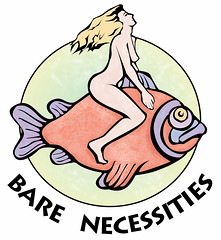
Wisconsin 2011 Tax Day Tea Party Rally
Credit: WisPolitics.com | Wikimedia Commons
Credit: WisPolitics.com | Wikimedia Commons
Defining a Cultural-Political Movement
Based on notes from a sociology class lecture, cultural or social movements can be defined as a type of group action focused on bringing about social change. Cultural movements are generally of long duration and attract many participants who share common goals for changing a specific societal construct.
The participants attracted to social movements often disagree on the specific tactics and strategies that should be used to affect the desired changes in a specific structure of society. As an example some may favor achieving change through peaceful demonstration while others advocate violent confrontation.
The means by which participants in a social movement choose for affecting the desired social change whether it be peaceful demonstration or violent confrontation is in part where the political enters into the equation. A purely cultural or social movement takes on the character of a political movement when there is a focus on the political process as an opportunity for social change. The present-day "Tea Party" I think serves as a useful example of a social, political movement.
Types of Cultural or Social Movements
Cultural and social-political movements can be categorized as reform movements or radical movements. Examples of reform movements include:
- American labor union movement
- Environmental movement
- Tea Party movement
- American Civil Rights movement
- South African Anti-Apartheid movement
- Current Libyan revolt
- Attempts to build a power base among sympathetic political and economic elites
- Recruits new participants for the movement from among the members of general society who share similar beliefs
- Actively motivates group participants to action
- Removes barriers to participation to aid the recruitment effort
- Creates a collective identity among participants







No comments:
Post a Comment